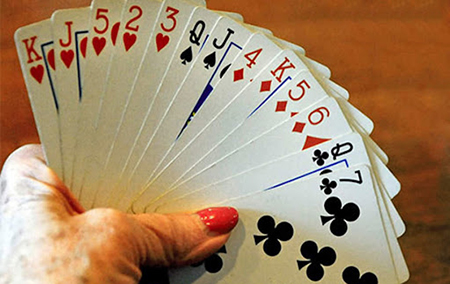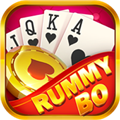How many decks does an Rummy Howto Play have?
Views: 104 Update date: Jan 15,2024
In the realm of card games, Rummy Howto Play stands out as a classic and strategic endeavor that has captivated players for generations. As enthusiasts delve into the nuances of this game, a recurring question surfaces: "How many decks are in play?"
The Standard: Two Decks
The conventional setup of an Indian all rummy game involves the use of two standard decks of playing cards. This configuration strikes a balance between complexity and manageability, offering players a robust yet comprehensible environment. The synergy of two decks allows for a diverse range of melds and strategic possibilities.
The Alternative: Three Decks
Opting for the traditional two-deck approach fosters a strategic environment where players can exercise precision and maintain a degree of control. The manageable card pool ensures that each move significantly influences the outcome, emphasizing the importance of calculated decisions.
Three Decks: Intensity and Adaptability
In contrast, the three-deck scenario injects intensity into the game. With a broader spectrum of cards, players must adapt quickly and formulate strategies on a grander scale. This variation demands a higher level of adaptability and a keen understanding of the evolving dynamics on the table.
The choice between two or three decks Rummy Bo Rummy is not a mere formality; it shapes the entire gaming experience. Each deck count brings its own set of challenges and opportunities, influencing the strategic depth and pacing of the game.
As players gather around the table for an exhilarating session of Rummy Howto Play, the number of decks becomes a critical factor in determining the nature of the gameplay. Whether you opt for the precision of two decks or the intensity of three, the beauty of Rummy Howto Play lies in its ability to cater to a spectrum of preferences.
In this timeless card game, where strategy meets skill, the number of decks serves as a dynamic element, ensuring that each session is a unique and engaging experience for players.
The Standard: Two Decks
The conventional setup of an Indian all rummy game involves the use of two standard decks of playing cards. This configuration strikes a balance between complexity and manageability, offering players a robust yet comprehensible environment. The synergy of two decks allows for a diverse range of melds and strategic possibilities.
The Alternative: Three Decks
For those seeking a heightened level of challenge and unpredictability, some variations of Rummy Howto Play incorporate three decks. This departure from the standard adds an extra layer of complexity, requiring players to navigate through a larger pool of cards. The three-deck format intensifies the strategic depth and demands a higher level of skill from participants.

Opting for the traditional two-deck approach fosters a strategic environment where players can exercise precision and maintain a degree of control. The manageable card pool ensures that each move significantly influences the outcome, emphasizing the importance of calculated decisions.
Three Decks: Intensity and Adaptability
In contrast, the three-deck scenario injects intensity into the game. With a broader spectrum of cards, players must adapt quickly and formulate strategies on a grander scale. This variation demands a higher level of adaptability and a keen understanding of the evolving dynamics on the table.
The choice between two or three decks Rummy Bo Rummy is not a mere formality; it shapes the entire gaming experience. Each deck count brings its own set of challenges and opportunities, influencing the strategic depth and pacing of the game.
As players gather around the table for an exhilarating session of Rummy Howto Play, the number of decks becomes a critical factor in determining the nature of the gameplay. Whether you opt for the precision of two decks or the intensity of three, the beauty of Rummy Howto Play lies in its ability to cater to a spectrum of preferences.
In this timeless card game, where strategy meets skill, the number of decks serves as a dynamic element, ensuring that each session is a unique and engaging experience for players.



